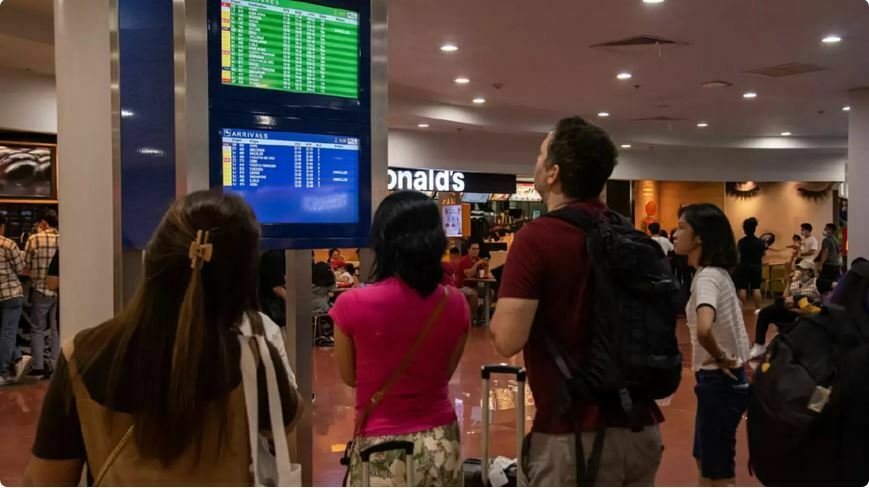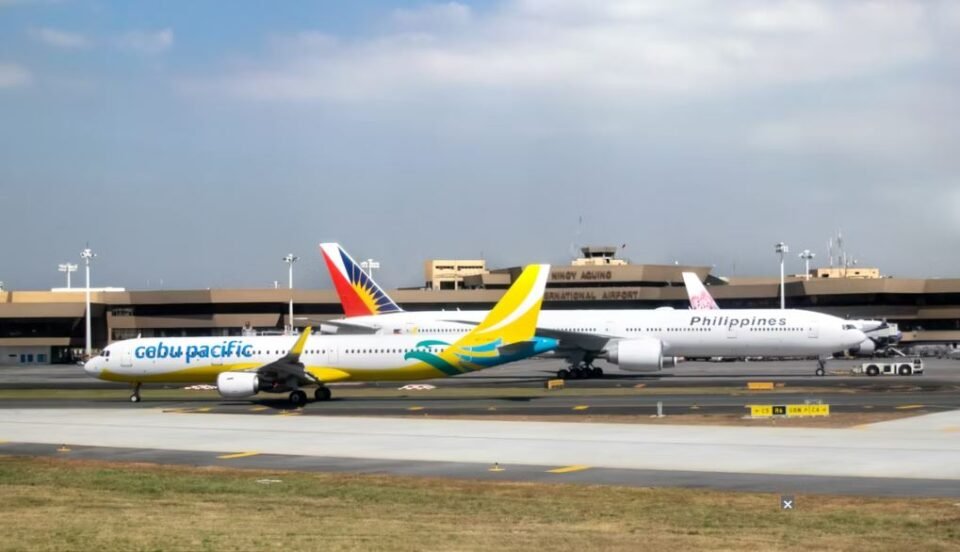When there is little air traffic, the closure will take place.
The Philippines opted to close the whole country’s airspace for about six hours to replace some outdated electrical equipment after three consecutive power outages caused substantial disruptions to air travel. The Philippines has urged airlines to reschedule their affected flights and make alternate arrangements for affected customers in order to be ready for the airspace shutdown.

The Philippines’ third try was unsuccessful.
October 2022
On September 16 of last year, a seven-hour power outage at Terminal 3 of Manila’s Ninoy Aquino International Airport started trouble for the Philippines. Airlines were forced to undertake manual check-in procedures and luggage processes after an estimated 16 international and 15 domestic flights were delayed.The processing of passengers without electronics by airport security personnel also took longer than usual. At that time, the general public was given the assurance that steps were being made to stop a similar situation from happening again by the Philippine Transportation Secretary Jaime Bautista and the General Manager of the Manila International Airport Authority Cesar Chiong.

2023 on January 1
But regrettably, it did. A similar power failure on New Year’s Day affected air traffic control at the same airport, so what happened in September would be seen as relatively small in comparison. It is not surprising that the impact on air traffic management led to the cancellation or delay of more than 280 flights and left more than 55,000 people stranded.
Many passengers had trouble rebooking their flights even after the power was fully restored, and many of them were unable to travel to their final destination on the same day. Due to the large number of aircraft stuck in the Philippines the next day, this aftermath persisted.
Bautista explained that despite having a backup power source, it still wasn’t able to provide enough power in light of a second event. He added that the problem originated with the air traffic management system. Senator Grace Poe was compelled to start a formal investigation into the incident because his explanations failed to appease the public outcry.

On Labor Day
As bad luck would have it, the same airport and terminal experienced three separate power outages. The timing was even more perfect because it occurred on Labor Day, a different federal holiday. Over 9,300 passengers were impacted, and over 40 flights were severely disrupted during the eight-hour outage, which primarily affected Terminal 3 at the airport.
When the outage occurred, a defect that entered the circuit breaker created a fast power surge that damaged the elbow connector, according to Bautista at the time, who noted that the initial inquiry had revealed this. Sabotage or the fact that the 25-year-old terminal and 75-year-old airport need significant upgrades were additional perspectives that were also taken into account.
swapping out the outdated with new
The once-averse Philippines, who had already been bitten three times, decided to address the problem by closing the airspace on May 17 from 00:00 to 06:00 in order to conduct replacement work on the damaged electrical equipment. The whole Philippine airspace would be shut down, according to Senior Assistant General Manager of the Manila International Airport Authority Bryan Co, who made the announcement during a news conference on May 2. Between 12 and 6 a.m. local time, when there is typically less air travel in the nation, work will be done to replace the air traffic management center’s uninterruptible power supply.
Even if there is less air activity, Co encourages airlines to be ready for the airspace to go dark by rescheduling their affected flights and informing all passengers about available alternatives as soon as possible.
In conclusion
Ninoy Aquino International Airport’s Terminal 3 will need to wait until after the replacement work, which is planned to start in two weeks, before receiving new electrical equipment to, ideally, stop future power outages. Additionally, there aren’t any notable holidays coming up in the next two weeks, so there shouldn’t be any stress on the outdated equipment from passenger traffic in the terminal.




